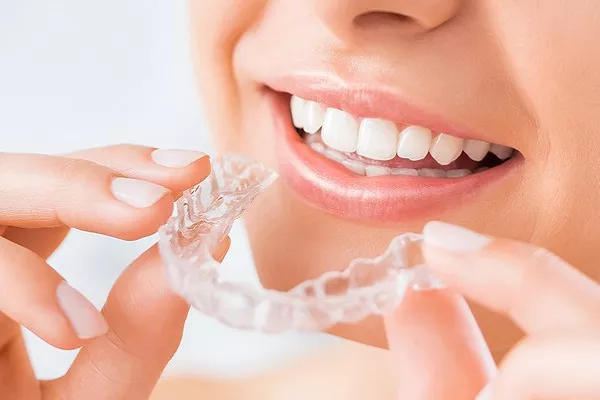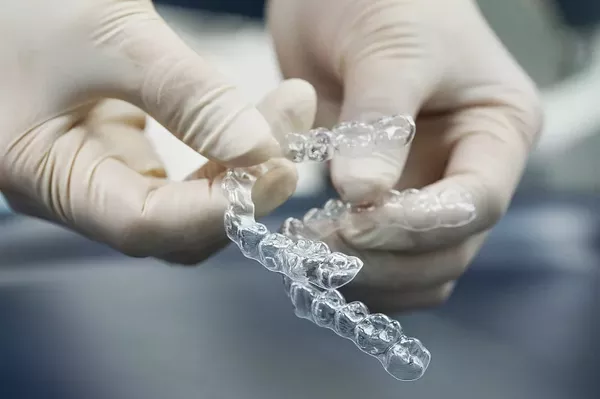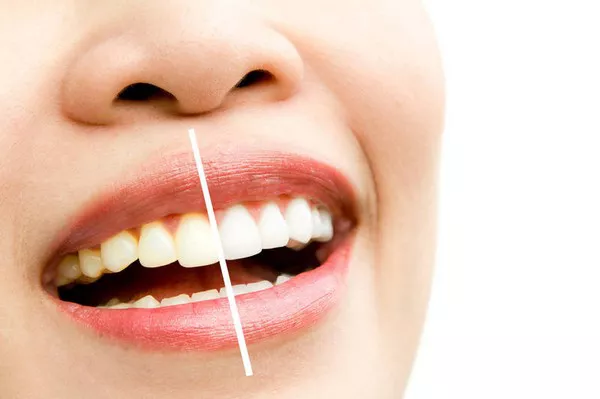A beautiful and straight smile can boost your confidence and improve your overall oral health. If you’re considering straightening your teeth, you’re not alone. Many people seek orthodontic treatment to address issues like crooked teeth, crowded teeth, gaps, or bite problems. Fortunately, there are several effective options available today to achieve a straighter smile. In this comprehensive article, we will explore what you can do to straighten your teeth, including different treatment options, the importance of professional guidance, and tips for maintaining your oral health throughout the process.
Understanding the Importance of Straight Teeth
Before we delve into the various methods of straightening teeth, let’s first understand why having straight teeth is more than just a cosmetic concern:
Improved Oral Health: Straight teeth are easier to clean and maintain, reducing the risk of cavities, gum disease, and other dental issues.
Enhanced Confidence: A straight smile can boost your self-esteem and improve your overall self-confidence.
Better Bite Function: Properly aligned teeth can lead to a more balanced bite, reducing the risk of jaw pain or temporomandibular joint (TMJ) disorders.
Speech Clarity: Straight teeth can contribute to clearer speech and pronunciation.
Reduced Wear and Tear: When teeth are aligned correctly, they experience more even wear, potentially extending their lifespan.
Options for Straightening Your Teeth
Traditional Braces:
Traditional metal braces consist of brackets, wires, and bands that apply consistent pressure to move teeth into their desired positions.
They are highly effective for addressing complex orthodontic issues and are commonly used for children, teenagers, and adults.
Clear Aligners:
Clear aligners, such as Invisalign, have gained popularity for their discreet appearance and comfort.
These custom-made, removable trays gradually shift teeth into place.
Clear aligners are a great choice for individuals seeking a less conspicuous option.
Lingual Braces:
Lingual braces are similar to traditional braces but are attached to the back (lingual) surface of the teeth, making them virtually invisible from the front.
They are suitable for those who want effective treatment without the visibility of traditional braces.
Ceramic Braces:
Ceramic braces use clear or tooth-colored brackets and wires for a more aesthetically pleasing appearance.
They work similarly to traditional braces but are less noticeable.
Orthodontic Surgery:
In cases of severe misalignment or jaw discrepancies, orthodontic surgery may be necessary in combination with braces or other appliances.
The Importance of Professional Guidance
Achieving a straighter smile is not a DIY project. Seeking professional guidance from an orthodontist or dentist with expertise in orthodontics is crucial for several reasons:
Customized Treatment Plans: A professional will assess your specific orthodontic needs and create a customized treatment plan tailored to your goals.
Monitoring Progress: Regular check-ups allow your orthodontist to monitor your progress, make necessary adjustments, and ensure the effectiveness of your treatment.
Addressing Complications: Orthodontists are trained to handle unexpected issues or complications that may arise during treatment.
Choosing the Right Option: A professional can help you select the most suitable treatment option based on your unique circumstances and preferences.
Tips for Maintaining Oral Health During Treatment
Maintaining good oral health during orthodontic treatment is essential. Here are some tips to keep in mind:
Oral Hygiene: Continue to brush and floss regularly. Specialized orthodontic brushes and floss threaders can help clean around braces or aligners.
Dietary Choices: Be mindful of your diet. Avoid hard, sticky, or sugary foods that can damage braces or increase the risk of cavities.
Follow Instructions: Adhere to your orthodontist’s instructions regarding appliance wear, care, and follow-up appointments.
Regular Dental Check-Ups: Continue to visit your dentist for routine check-ups and cleanings throughout your orthodontic treatment.
Protect Your Smile: If you play sports, consider wearing a mouthguard to protect your teeth and orthodontic appliances.
Conclusion
A straighter smile not only enhances your appearance but also contributes to better oral health and overall well-being. With a range of effective treatment options available and the guidance of a qualified orthodontist or dentist, you can achieve the smile you desire. Remember that professional expertise, proper care, and compliance with treatment instructions are key to a successful orthodontic journey. By taking these steps, you can enjoy the benefits of a straight and healthy smile for years to come.
Related Topics:





























